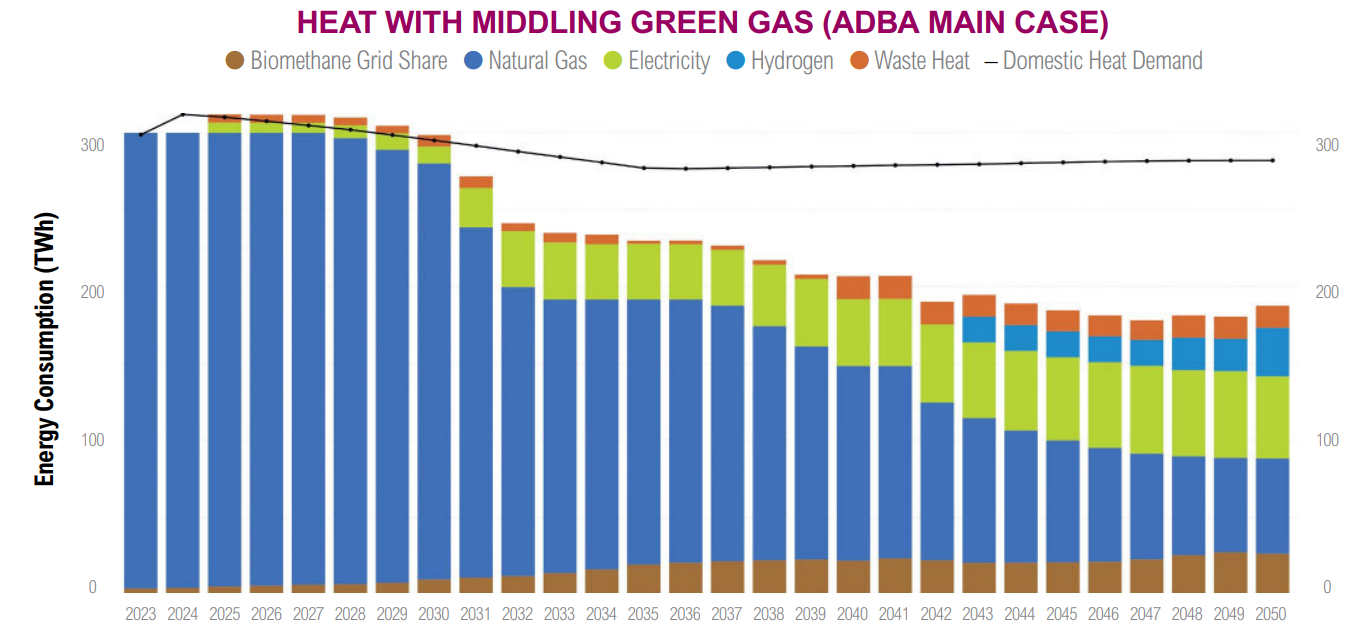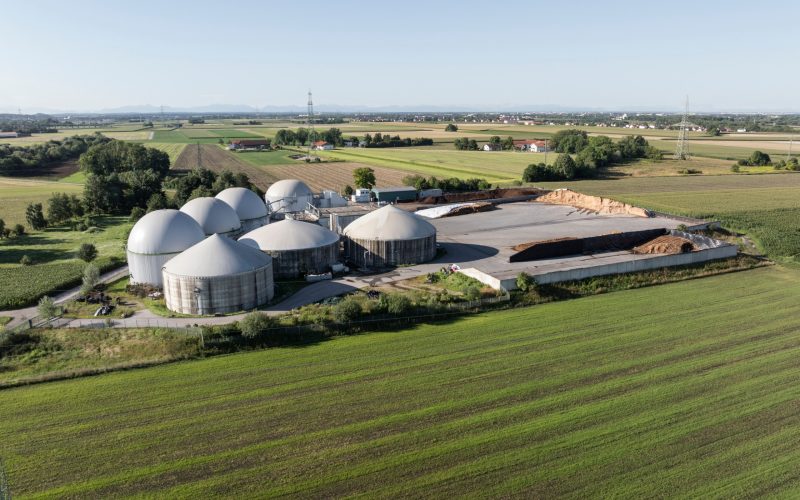Biogas and biomethane in the United Kingdom
In times of energy instability and rapid climate challenges, the United Kingdom is looking for effective ways to achieve its ambitious goal of carbon neutrality by 2050. One of the most promising areas is the development of biogas and biomethane, a “green” gas.
For the SAF platform, we have prepared an overview based on the rereport The Role of Green Gas in Net Zero, was prepared by the Anaerobic Digestion and Bioresources Association (ADBA) in the United Kingdom in collaboration with Business Modelling Applications (BMA).
The report is based on the latest computer modeling (an AI-assisted planning system) and demonstrates that biomethane can be the key to achieving climate goals cheaper, faster and more reliably.
Underestimation of biogas in the UK
The russian invasion of Ukraine and soaring gas prices have significantly changed the approach to energy supply and consumption in Europe. The EU has relied on biogas and biomethane as a domestic resource and a complete analog of fossil natural gas. However, British policy on this issue has not shown such flexibility.
In fact, recent studies put the total that could be produced by green gas at anywhere between five times and 16 times higher than the Government’s target.
This chronic underestimate of the potential of the sector has led to policy neglect: there are three times as many civil servants working on hydrogen as biogas.
Biomethane is a way to save money
In a scenario of middle expansion of biomethane use (up to 100 TWh per year by 2050), the UK energy system could save £298 billion, which is equivalent to £415 per year for each national household.
Also, the rapid development of biomethane could save £22 billion by 2030, bringing us closer to the government’s goal of a clean energy system.
The scenario of 100 TWh of biomethane allows:
- Reduce the need to build new heating networks by £40 billion.
- Avoid installing expensive heat pumps in hard-to-reach buildings.
- Reduce investment in wind power generation.

Carbon-negative potential
The process of biomethane production (anaerobic digestion) not only replaces fossil fuels, but also absorbs carbon from the atmosphere.
A single 75 GWh plant can capture up to 10,000 tons of CO₂ per year. If the technology is scaled up to 100 TWh across the country, it will be up to 14 million tons of captured CO₂ annually.
Transport and agriculture
Biomethane can be used as a truck fuel, replacing diesel. According to a DfT analysis, biomethane gas trucks are already 30% more expensive than diesel trucks and around half of a battery trucks.
It is likely that the potential of renewable gas trucks is still underestimated, as is the speed of decarbonization of commercial vehicles. The most interesting factor is that there is very little hydrogen penetration into the transport fleet in this base case biomethane scenario.
In agriculture, biomethane can contribute to the energy independence of farms — especially through the processing of manure and agricultural waste. At the same time, digestate (organic fertilizer) can replace up to 30% of imported nitrogen fertilizers. It maintains soil fertility and reduces farmers’ costs.
Read the full material with chapters on the flexibility and stability of the sector, as well as the ADBA roadmap on the SAF platform.
We remind you that UABIO is a partner of the Sustainable agribusiness platform (SAF).
SAF is a communication platform that brings together agribusiness stakeholders and aims to establish strong links between market players and introduce sustainable approaches in agriculture. For this platform, our team prepares verified professional content on the bioenergy sector.


